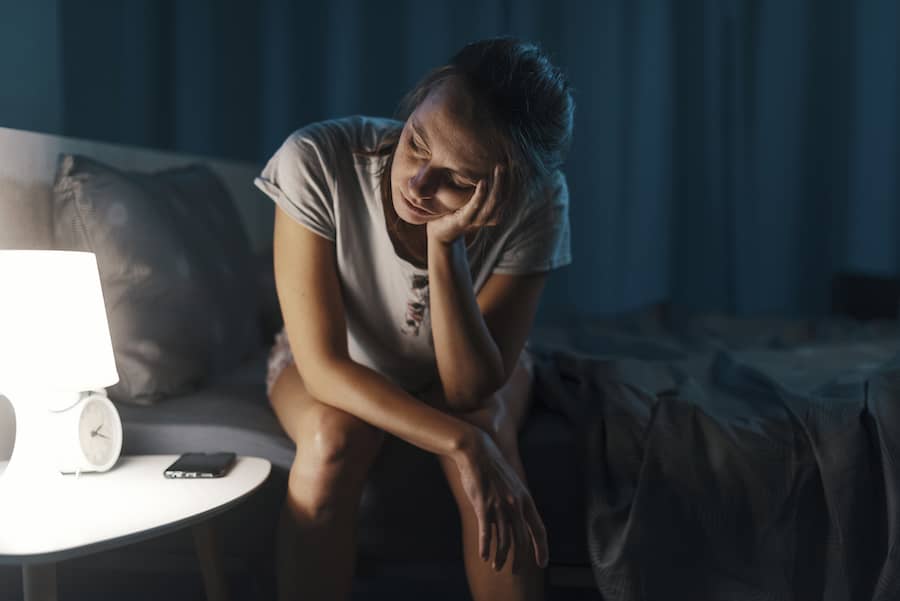
Insomnia, a condition associated with chronic sleep disruption and associated daytime functional symptoms, is considered the most common and disabling sleep disorder with a 10% prevalence. Research conducted in the general population has demonstrated a strong negative association between insomnia and a number of medical (cancer, hypertension, diabetes) and mental health conditions. Despite its prevalence, there does not exist a real objective means to diagnose insomnia. At present, the gold standard for discriminating between a patient suffering from a sleep disorder and a healthy sleeper is through clinical interview and the use of screening tools such as the Pittsburgh Sleep Quality Index (PSQI) which assess sleep quality and disturbance based on series of standardized questions. A promising alternative to the questionnaire that is already being used by clinicians is the polysomnography (PSG) which represents the sleep fields’ gold standard for measuring and monitoring overall sleep architecture.
The EEG data is scored in a laborious and subjective process by sleep specialists who assign a sleep stage to every 30-second intervals of the EEG data. This scoring process costs $400-$600 per patient, and the clinicians then make a diagnosis based on the annotated data. The standard procedure is currently heavily dependent upon human factors, and at the end of the day, the most commonly used PSG-derived sleep features (e.g. total sleep time, latency to persistent sleep, wake after sleep onset, and sleep efficiency), as well as more sophisticated spectral-based features, do {\it not} discriminate between “good” and “bad” sleepers. Thus, there is a great need for an enhanced interpretative approach for PSG that is inexpensive, provides a valid biomarker for specific insomnia and other sleeping disorders, has prognostic utility, and is modifiable based on disease treatments and clinical symptoms.
In this era of big data and analytics, surely such a quantitative tool should exist for PSG measurements. The barrier to making progress towards an objective diagnosis of insomnia is that all PSG derived features (even spectral features) fail to capture dependencies between channels over space and time as they are derived channel-by-channel independently. Instead, we are taking a fresh new approach and investigate the spatial and temporal dynamics across several sleep-EEG signals recorded over time to discriminate between good and bad sleepers.

